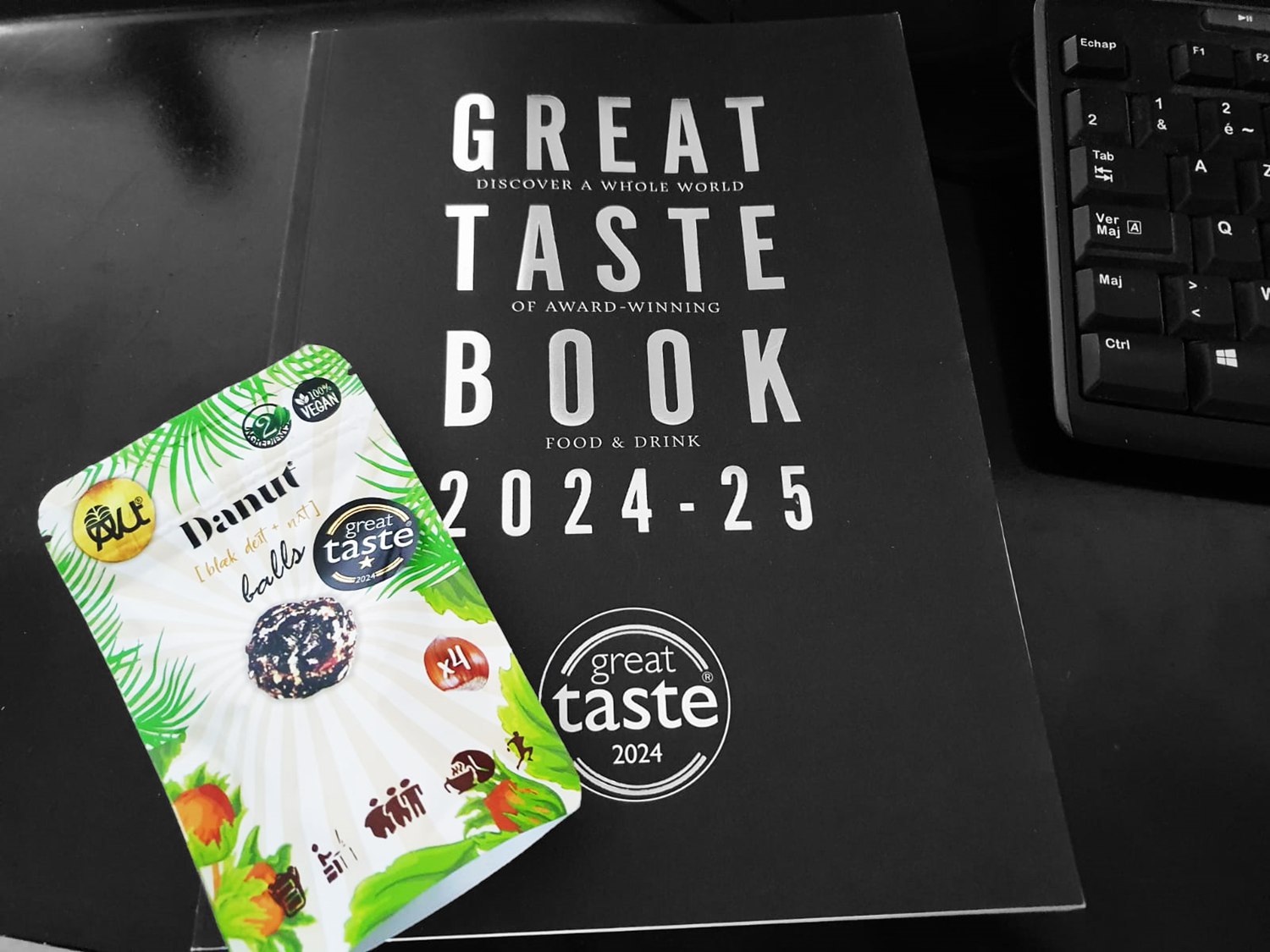Not all snacks are created equal, but most people don’t realize just how big the difference can be.
We tend to grab the first thing we see, thinking it’s healthy just because it’s marketed that way. But there’s more to healthy snacking than meets the eye.
What are we getting wrong, and how can we make smarter choices?
The Marketing Myth
We’ve all seen the labels—“low-fat,” “gluten-free,” “organic,” “non-GMO” — but are these claims enough to label a snack as truly healthy?
Many so-called “healthy” snacks are still loaded with hidden sugars, processed oils, or excessive preservatives.
The real key is understanding what’s in the ingredients, not just trusting the marketing.
What Makes a Snack Truly Healthy?
A truly healthy snack doesn’t just avoid artificial ingredients; it’s packed with real, nutrient-dense ingredients like high-quality nuts, fruits, and whole grains.
A snack made from premium ingredients, like Ajwa dates and roasted hazelnuts, delivers lasting energy and helps maintain stable blood sugar levels.
When you choose snacks with whole foods, you’re getting a better balance of fiber, protein, and healthy fats, instead of just empty calories.
Common Healthy Snack Mistakes to Avoid
- Too much sugar: Even natural sugars like honey or agave can cause blood sugar spikes if consumed in excess.
- Lack of balance: A snack with only carbs won’t keep you full for long. Balance it with protein and healthy fats.
- Over-snacking: Healthy snacks can still add up in calories. Portion control is key.
Conclusion
Not all snacks are created equal. While many may appear healthy at first glance, it’s important to check the ingredients to avoid hidden sugars and additives.
Opt for snacks with premium, whole-food ingredients to get the best nutritional benefits and stay energized all day.







